Autism Spectrum Disorder and Cannabis
- Autism spectrum disorder incidence has been increasing over the last few decades
- Prenatal cannabis exposure has been implicated in some studies for detrimental effects; cannabis exposure may result in hypermethylation of genes required for neuronal development in the fetus
- Conventional therapies for core and non-core symptoms are inadequate and often require polypharmacy
- Cannabidiol has recently emerged as a promising candidate therapy for children and adolescents with autism spectrum disorder
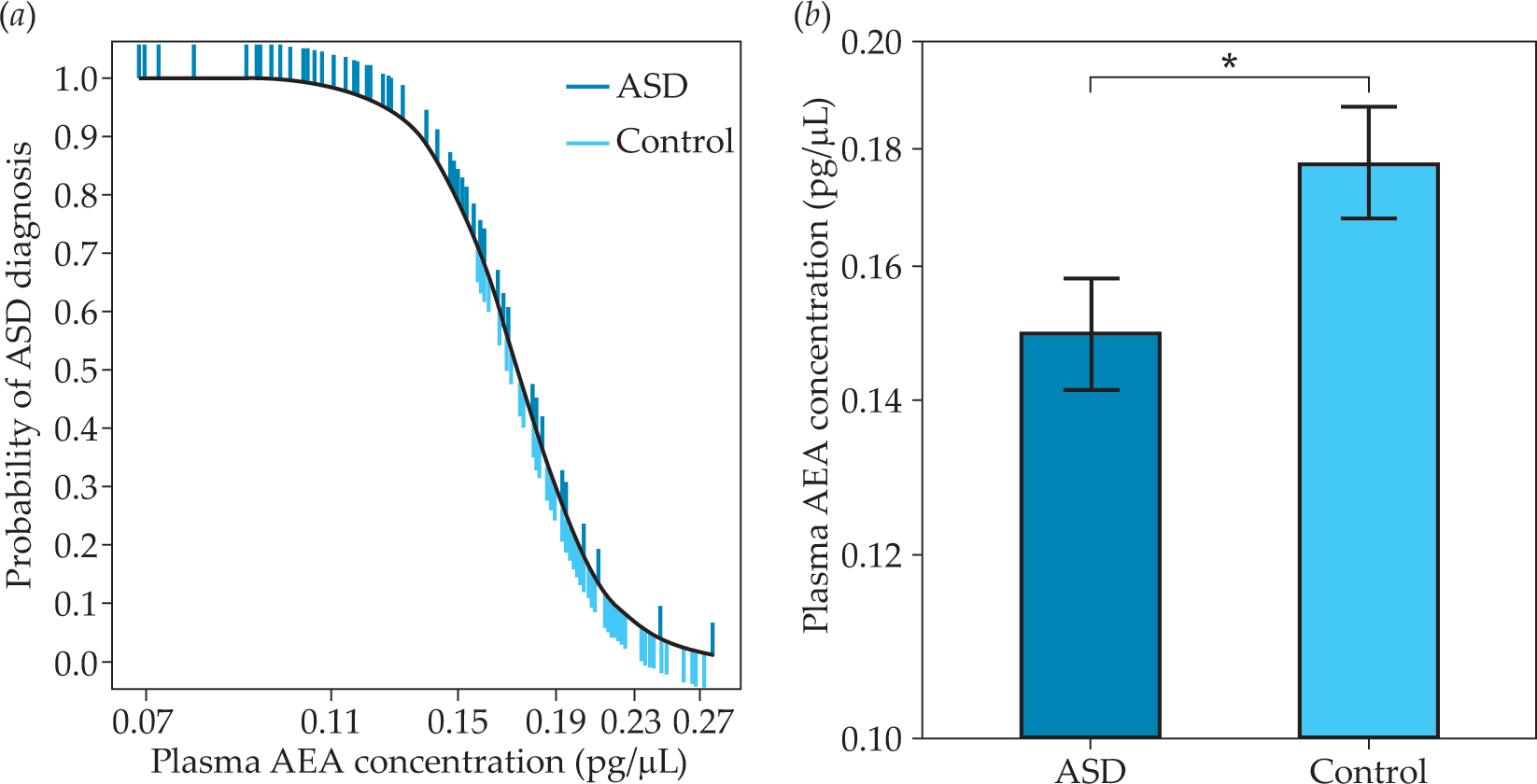

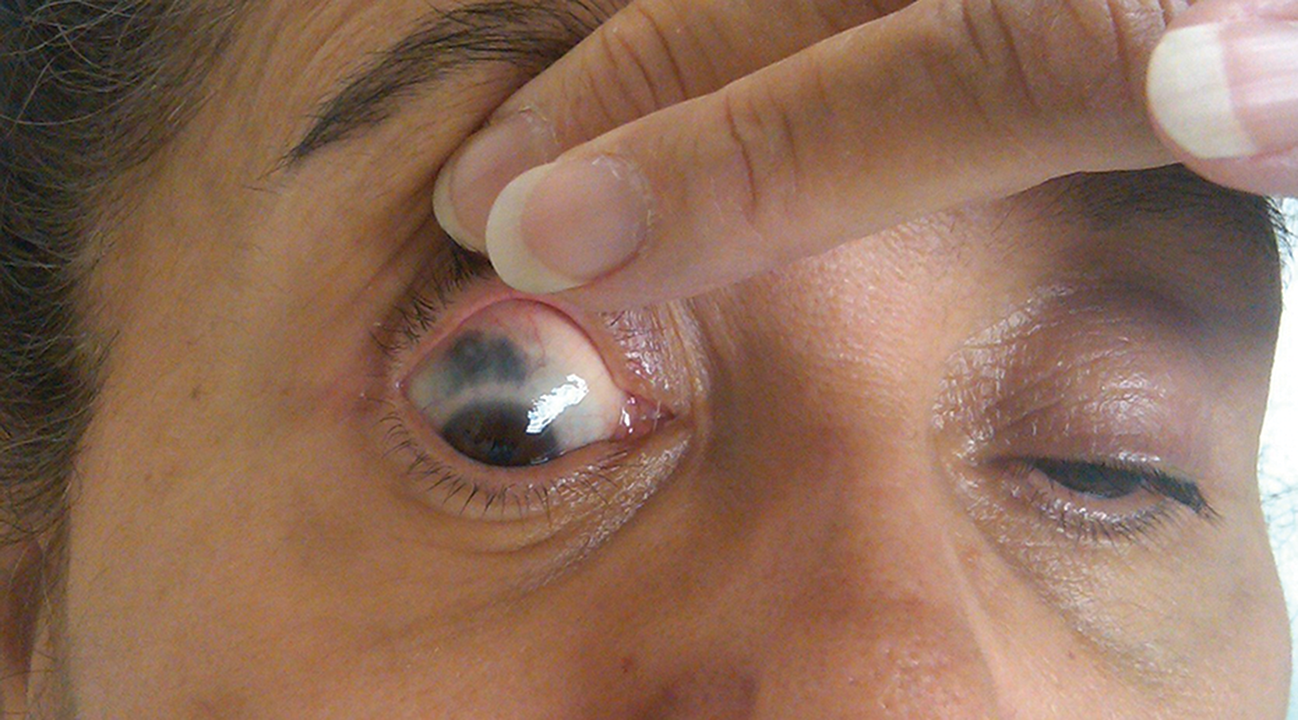
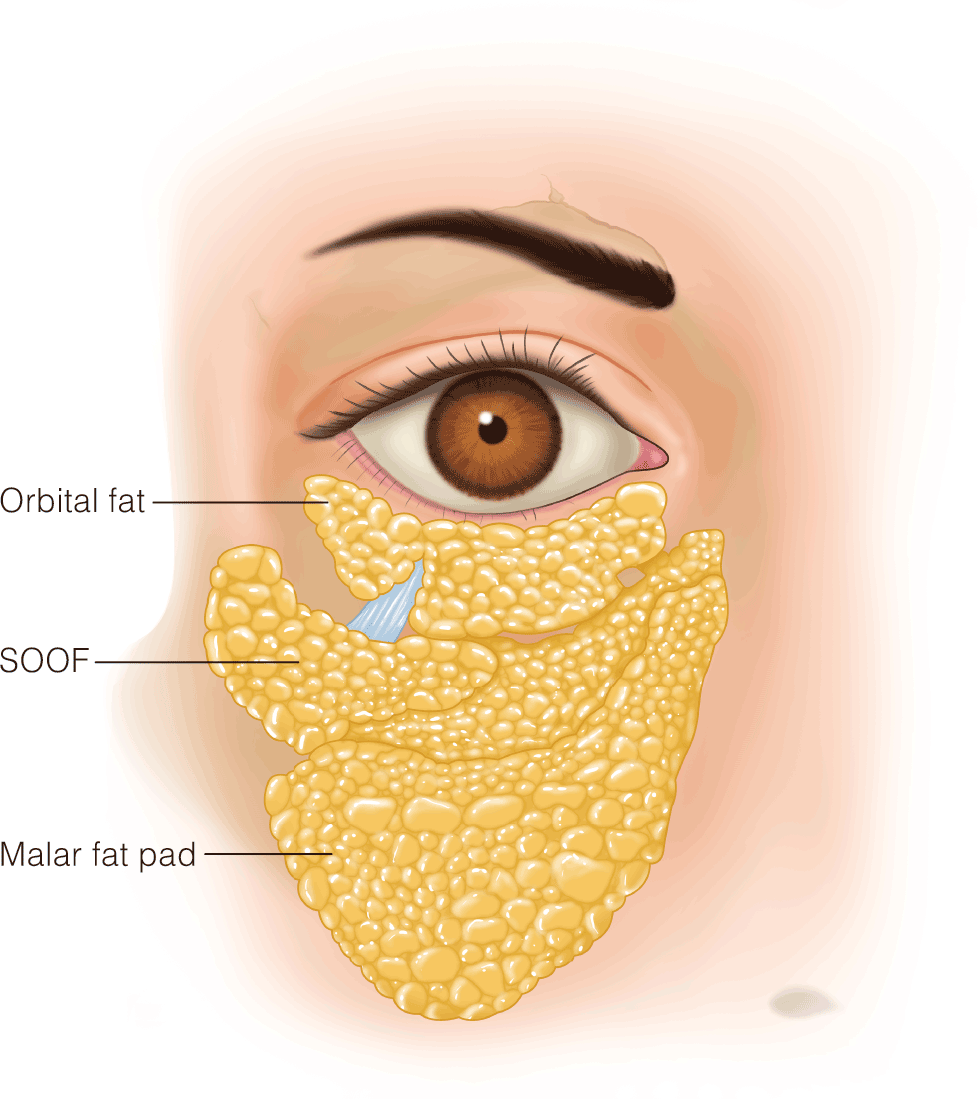
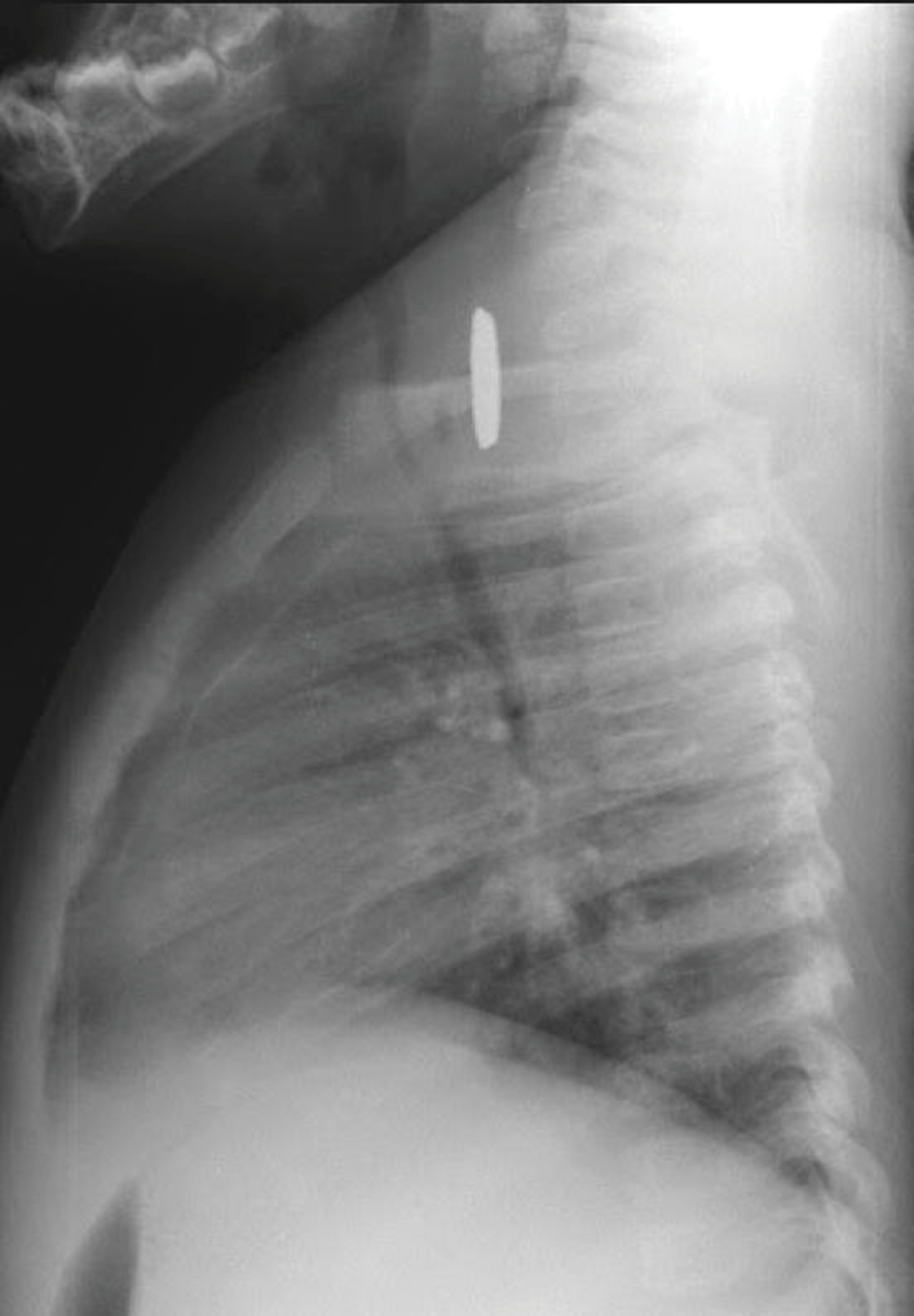
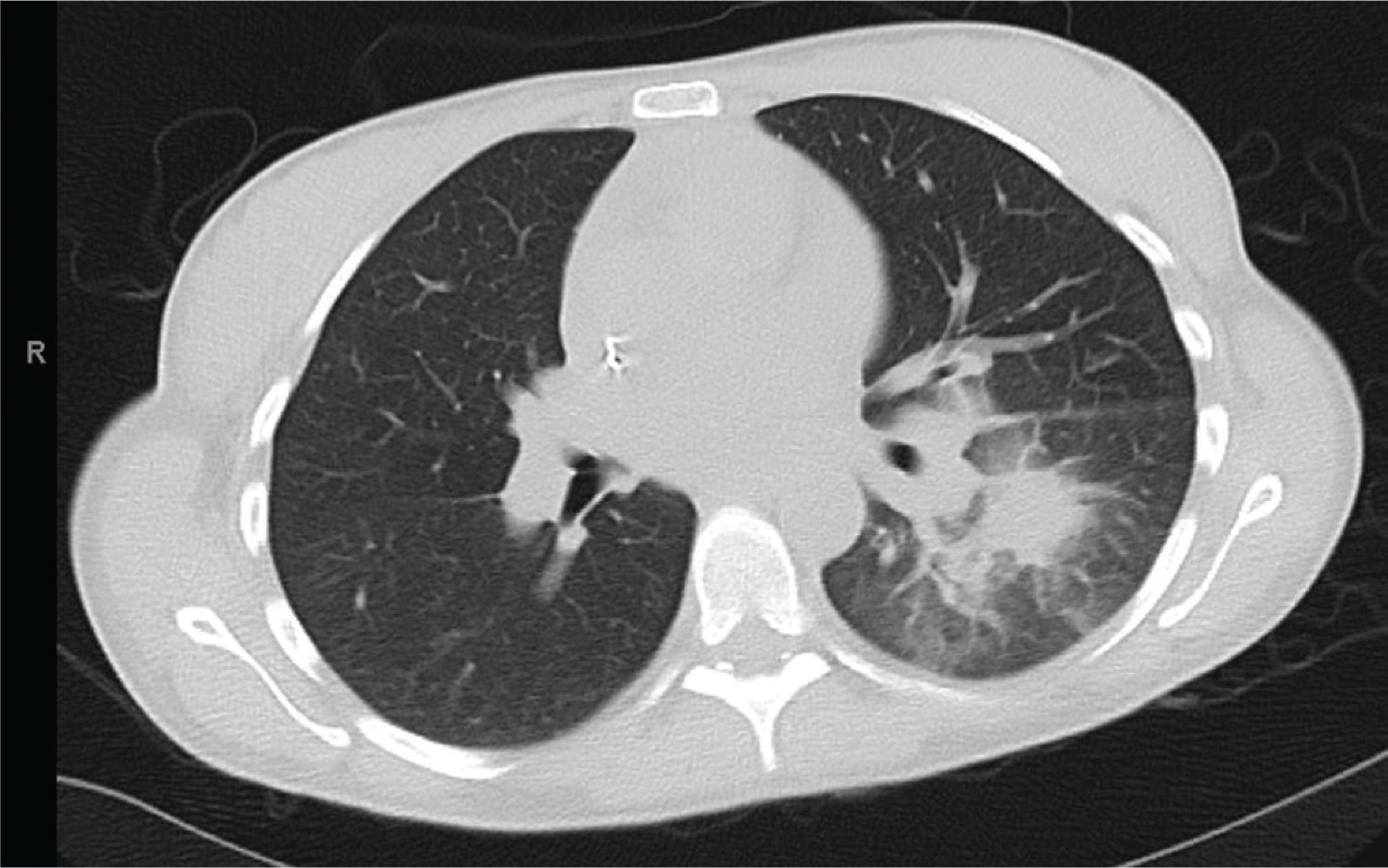
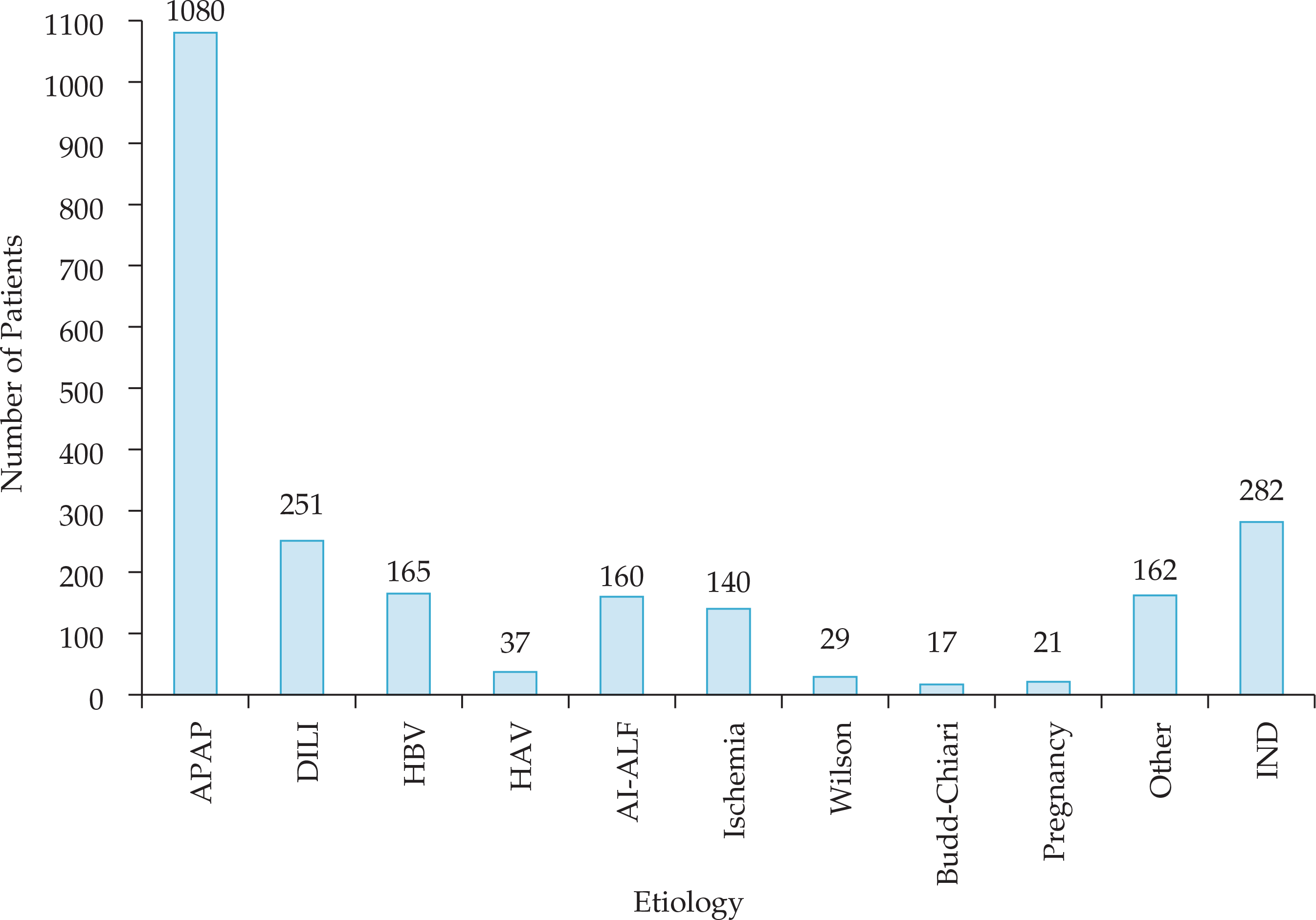


.png)







